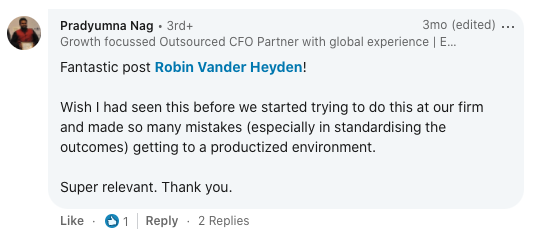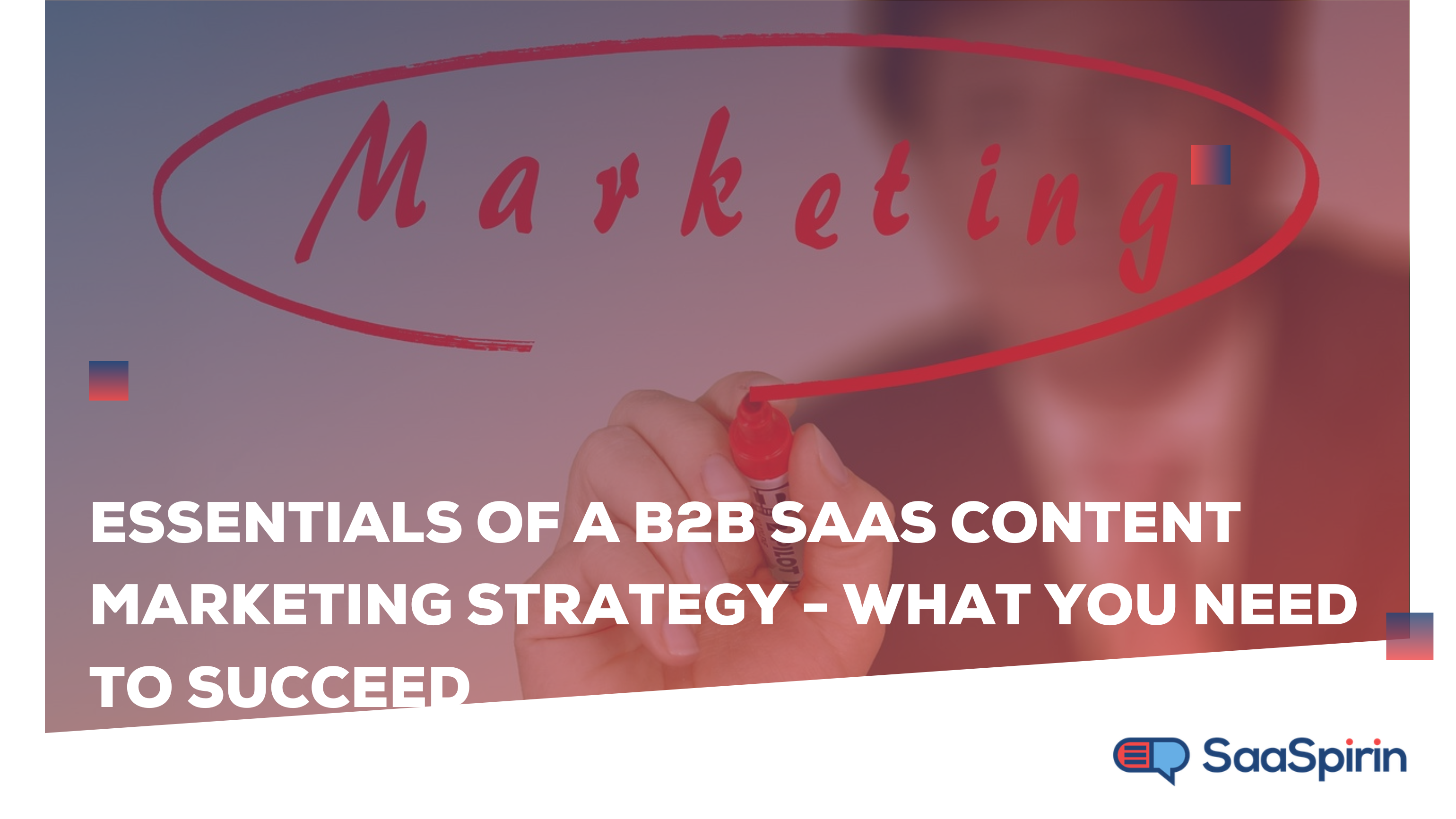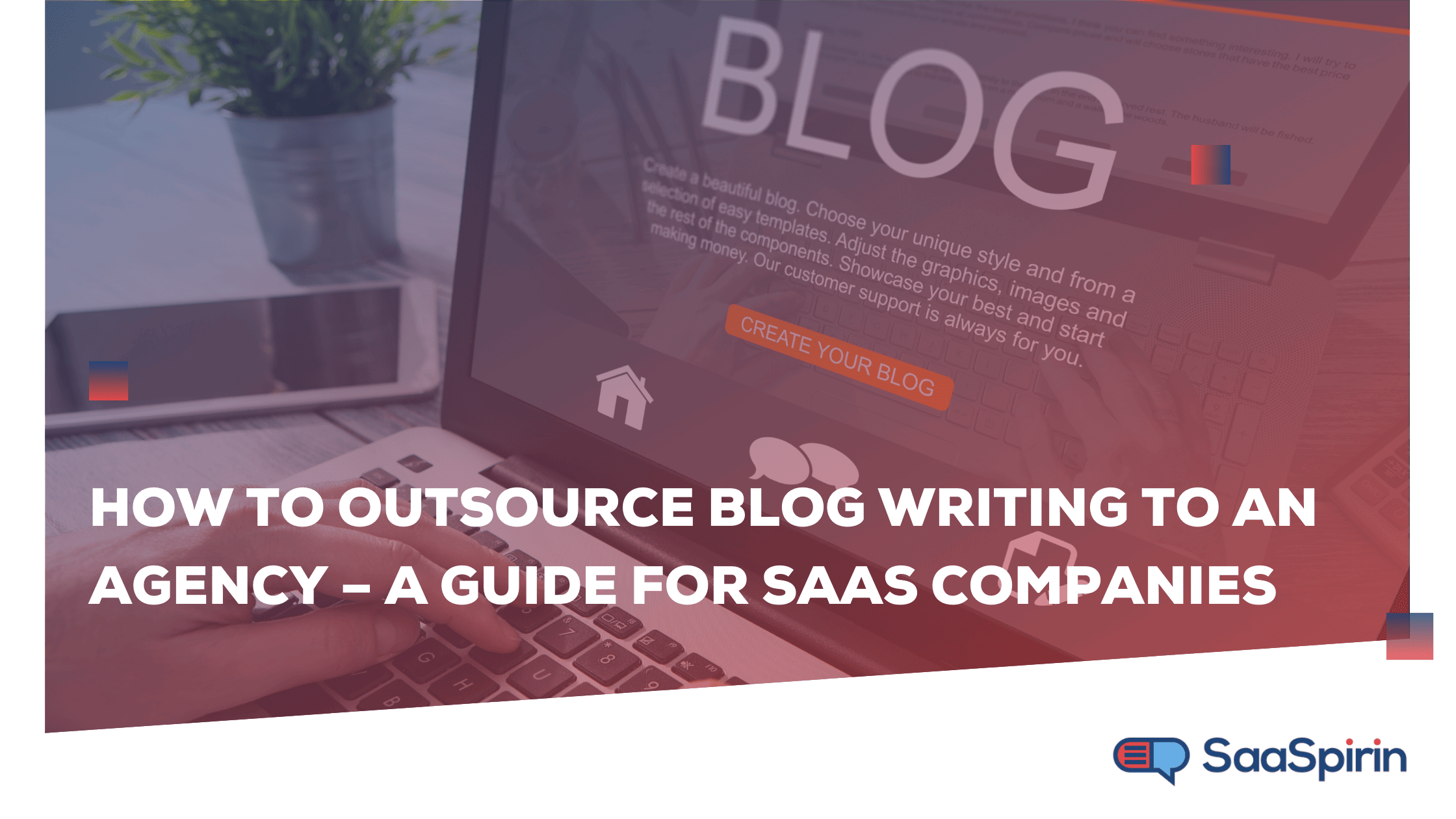How to Measure Content Marketing Success When You’re Just Starting Out
By Nicolas Jacobeus on December 1, 2022

You know how important good content is and the benefits it can bring to your SaaS company. That’s why you’ve put the proper content marketing structures in place. You've taken the time to produce winning content for your audience, posted it on social media, and even made sure it’s optimized for SEO.
But . . . nothing.
Where’s the website traffic? The product inquiries? Where are the sign-ups?
It can be hard to tell what's working and what isn't, particularly in your first six months of content marketing. In this article, we’ll discuss how to measure content marketing success to gauge if you’re on track, even before you start to see traffic and sign-ups.
It’s too early to rely on most content marketing metrics
Content marketers have access to a lot of metrics, thanks to tools like Google Analytics and the platforms where you distribute your content. Some of the metrics popular among veteran content marketers, like qualified leads and return on investment (ROI), will also prove valuable to track at some point.
But when you’re still trying to gain traction with your content, most success metrics will be useless.
Why? Because you only have a small data set to work with in the early stages of content marketing. It takes a larger volume of traffic and activity to yield data that you can base decisions on.
As when measuring the success of your SaaS business during its early stages, you need simple measures that show if you’re on track. We propose you measure early content marketing success using indications of how well your content resonates with your audience.
Measure whether your content is resonating with your audience instead
Most SaaS businesses engage in content marketing to grow their business. But the path to getting new users for your SaaS product consists of many steps. And it’s not always a linear journey.
Your content is an asset that should grow in value over time, creating strategic benefits for your business. It will influence the acquisition of new users, create more loyal customers, and even help you hire better talent.
But to get there, above all else, you need to create content that resonates with your audience. After that, you can more easily optimize for traffic, shares, conversions, and so on.
In your early measures of content marketing success, look for these signs that your material resonates with your readers.
Do people mention or react to your content?
You can tell your content marketing is working when a prospect mentions to someone on your team that they read an article, for example. Perhaps interviewees bring up something they saw on your blog.
What sentiments do you see when you post your content to social media or share it with your customers or employees? Positive reactions mean your content is helping you build your brand, even in small numbers.

Source: LinkedIn reaction to an article for a SaaSpirin client
When you are still working out how to build your following, you will not see a lot of activity. Not every post will get reactions. But if occasionally you see comments, you’ll know that people are identifying with your content.
Do readers take another step after reading your content?
The second way you can tell that your content is resonating is that people take the time to further interact with your brand. They register for a webinar, sign up for your email list, or check out your About or Pricing page. It could be as simple as reading another post on your blog. They may also decide to follow you on social media.
The point is that they do something. This is a signal that your content has made them interested in what you have to say. And that’s a very valuable thing.
Our data-driven readers will be happy to know that they can find indications in Google Analytics, even when traffic numbers are low. Two places to look are:
- Conversions > Goals (make sure you have goals set up)
- Behavior > Site Content (look at time on page, bounce rate, and % exit)
From even limited data, you can get a sense of whether readers are engaging further with your content after they land on your site.
Quick tip: When producing blog content, make sure to include a call to action (CTA) and/or links to other pieces of content to encourage further engagement.
Ultimately, content marketing success is measured by its contribution to your business
Ultimately, the success of your content marketing will be measured by how much it helps fuel your business. But for now, you can tell if you’re heading in the right direction by checking that it's resonating with your audience. From there, you can use community building, SEO, and advertising to scale and get your content in front of more people.
Need help getting started with content marketing? We help your SaaS businesses grow by creating content that speaks to the needs of your audience. Sign up for a trial today to see how we do it.
You May Also Like
These Related Stories

Essentials of a B2B SaaS Content Marketing Strategy - What You Need to Succeed
.png)
Which Type of SaaS Content Marketing Agency Do You Need?

